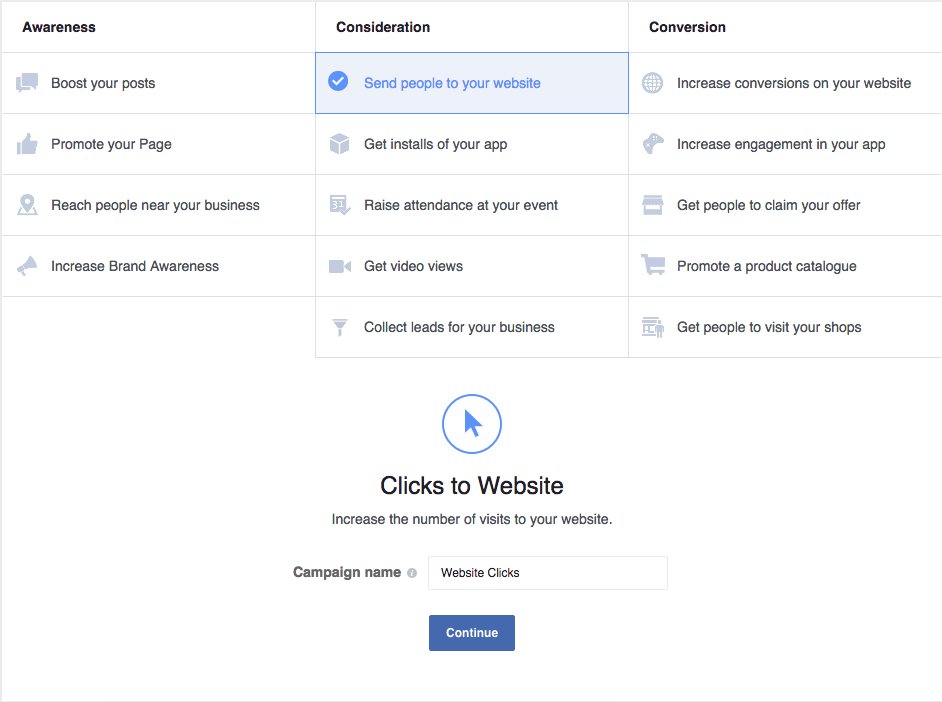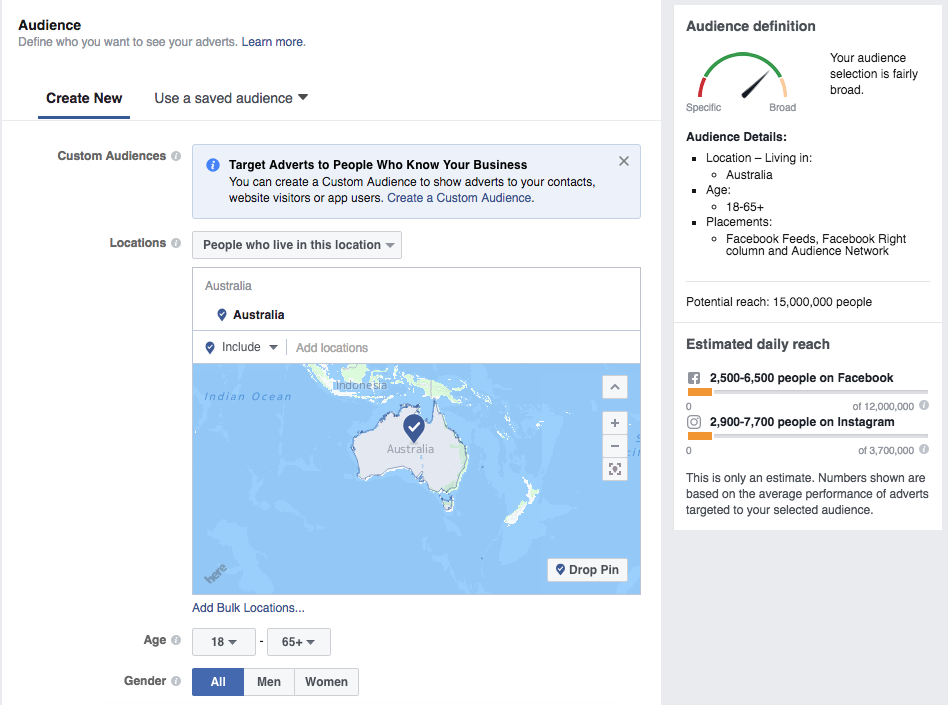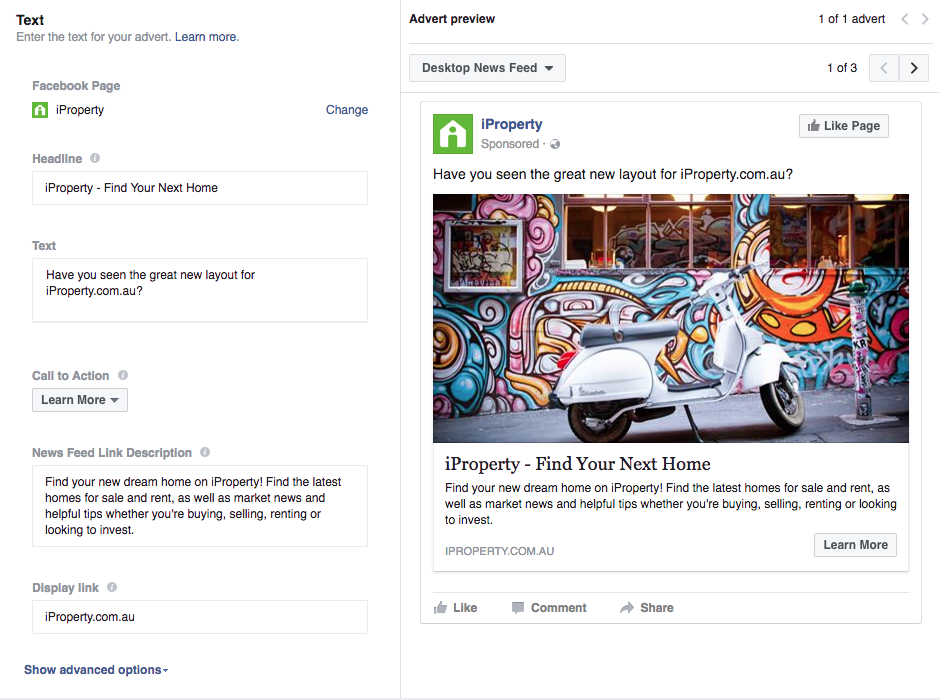 Blogging is a big part of online social media these days, and it should be on your radar if you’re in the real estate game. It’s a great tool for increasing your exposure as a company, but it allows you to build a reputation for yourself as a reliable source of information.
Blogging is a big part of online social media these days, and it should be on your radar if you’re in the real estate game. It’s a great tool for increasing your exposure as a company, but it allows you to build a reputation for yourself as a reliable source of information.
Sometimes we all get writer’s block and struggle to come up with new ideas – it’s just one of our flaws as humans. In this article, we’ll cover 4 top tips for blogging in the real estate sphere. These tips should help you to get to grips with writing about your industry and market trends, whilst keeping it light-hearted for the reader.
Talk of the town
As a real estate agent, you should be the expert of your area. To convey this to your readers you might want to think about several factors from architecture to crime, history to environment and local shops to day care facilities.
Perhaps you should think about telling it in the form of a story that encompasses these neighbourhood attributes. Working in information about the local job market and school ratings is always a win, as this information entices potential buyers to do a little research themselves.
Don’t forget that you want to encourage buyers to use your services, so you want to inspire with confidence through your in-depth knowledge of the area. That said your knowledge should always be candid and glaring facts like a high crime rate should not be swept under the carpet.
Buying/Selling Resources
This is a great topic to slip in some convincing reasons why customers should use a professional – i.e. You! For example, you might want to talk about how hiring a qualified real estate agent can help to avoid legal battles over property, or how an agent can help buyers to close the deal.
Blogging about resources such as real estate books can also be an interesting read for possible customers. It shows them that you’re current in the field and interested in developing your own knowledge. It’s also a good idea to talk about real estate laws, taxes, social housing and various housing market mysteries.
Do It Yourself and Renovation
Renovation is a big part of real estate these days, as clients will want to dress up their houses before selling them. It’s a great idea to include your own set of tips and tricks for potential customers, so that they know what’s what when it comes to getting out the toolkit.
In this style blog post you can detail what kind of furniture is in vogue at the time, or perhaps what kind of maintenance you can do yourself, and what kind you should leave to a professional.
Gardening, landscaping, home maintenance and painting are always fun to blog about for a several reasons. Mainly it gives clients the chance to salivate at the thought of their own creative choices. You can give hints and tips on how to add that extra bit of curb appeal, and how a professional real estate agent can use these techniques to boost a seller’s property value.
Mortgages and Money
Blogging about mortgages and money is great because you get to show off your financial know-how. This area is often a bit of a grey area for first-time buyers as they’ve likely never had a loan before. Keep the language simple and accessible, explaining technical terms if you need to.
Credit ratings, interest rates and fraud are all good topics for the blog. It’s also a good idea to talk about the advantages of using a mortgage broker, as opposed to a bank. You can really show off by getting into the dangers of certain types of loan – i.e. interest only and flexible rate loans.
This kind of blog post can really bring potential customers on board as it’s a great space to show that big real estate brain of yours. Providing warnings and tricks to do with loans can build a bridge of trust between you and the potential client.
Before you begin, make sure you read our 5 Essential Tips For Real Estate Bloggers & Twelve Steps to Writing a Great Real Estate Blog.



 Search engine optimisation, or SEO, is easily one of the least understood areas of marketing. With Google keeping their cards very close to their chest, the rules behind SEO aren’t always 100% clear cut.
Search engine optimisation, or SEO, is easily one of the least understood areas of marketing. With Google keeping their cards very close to their chest, the rules behind SEO aren’t always 100% clear cut.
 iDashboard welcomes
iDashboard welcomes 
 Real estate marketing is led by visual stimuli – namely, pictures of the houses you’re trying to sell. For this reason, it makes sense to use a visual-based social media channel to attract customers, engage with them and develop their interest in what you have to offer.
Real estate marketing is led by visual stimuli – namely, pictures of the houses you’re trying to sell. For this reason, it makes sense to use a visual-based social media channel to attract customers, engage with them and develop their interest in what you have to offer.
 If you can master these four simple customer service tips, clients will fall into your hands when they feel that seven-year urge to sell up.
If you can master these four simple customer service tips, clients will fall into your hands when they feel that seven-year urge to sell up.
 We are proud to announce that iDashboard now integrates with
We are proud to announce that iDashboard now integrates with 
 Did you know that with iDashboard, you can setup to Automatically Subscribe contacts to a Newsletter or Automatic Composition?
Did you know that with iDashboard, you can setup to Automatically Subscribe contacts to a Newsletter or Automatic Composition?
 When using social media as a channel for marketing your real estate agency, understanding how to use Facebook ads is absolutely crucial.
When using social media as a channel for marketing your real estate agency, understanding how to use Facebook ads is absolutely crucial.




 If you’ve looked into SEO previously, you’ll probably be aware that Google likes to rewrite the rule book occasionally. By occasionally, we mean several times a year.
If you’ve looked into SEO previously, you’ll probably be aware that Google likes to rewrite the rule book occasionally. By occasionally, we mean several times a year.
 Both your website and social media profiles are incredibly powerful weapons in your arsenal for engaging your audience and driving leads.
Both your website and social media profiles are incredibly powerful weapons in your arsenal for engaging your audience and driving leads.
 Global technological growth has changed everyone. We were never as plugged in, switched on, or even accomplished things as fast as we do today. Besides putting us all into 24/7 overdrive, what good has come out of it? Just how advanced can technology become? And how quickly?
Global technological growth has changed everyone. We were never as plugged in, switched on, or even accomplished things as fast as we do today. Besides putting us all into 24/7 overdrive, what good has come out of it? Just how advanced can technology become? And how quickly?